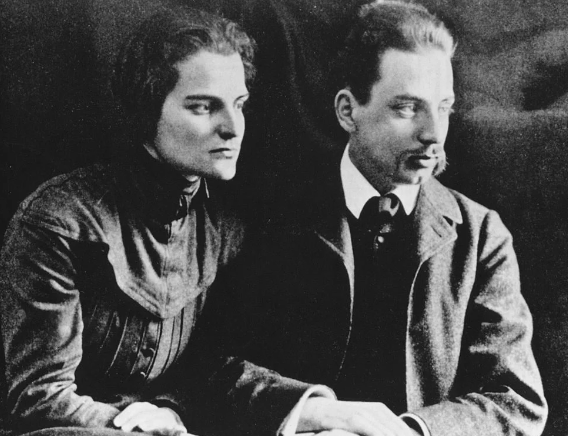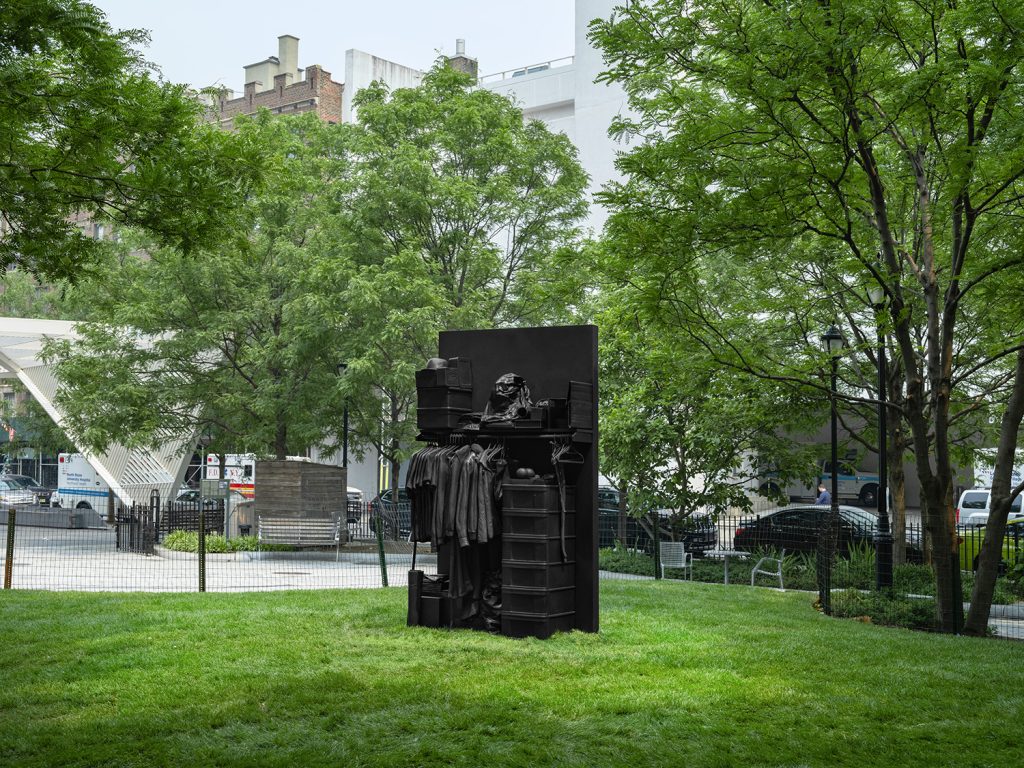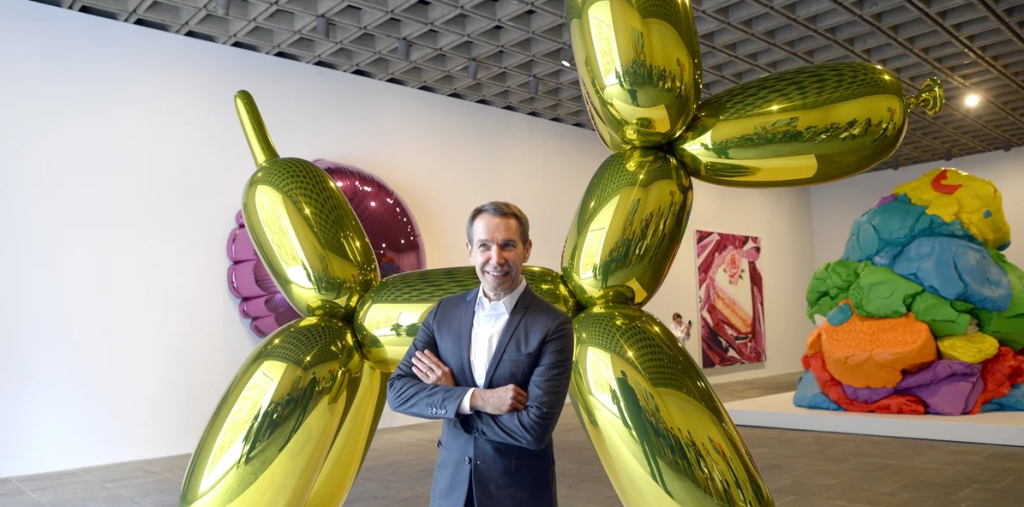Bridging Words and Sculpture: The Artistic Dialogue Between Rilke and Rodin
The intertwining lives of Rainer Maria Rilke and Auguste Rodin showcase the profound connection between literature and visual art. Through their collaboration, Rilke found a way to articulate the essence of Rodin’s sculptural forms, revealing deeper human emotions and experiences. Exploring their relationship not only enriches our understanding of their individual works but also highlights the power of artistic dialogue.
The Meeting of Minds: Rilke and Rodin’s Friendship
Rilke first encountered Rodin in 1902, while seeking inspiration for his writing. Their relationship quickly blossomed into a deep friendship, characterized by intellectual exchanges and artistic admiration. Rilke viewed Rodin as a master sculptor whose work resonated with the complexities of human existence. This admiration led Rilke to become Rodin’s secretary for a time, where he observed the sculptor’s creative process and philosophy firsthand. The influence of Rodin’s art permeated Rilke’s poetry, allowing him to articulate a rich interplay between words and forms.
Words That Shape: Rilke’s Poetry and Rodin’s Sculpture
Rilke was captivated by Rodin’s ability to capture the human experience in stone. In his collection “The Book of Images,” Rilke wrote poetry that responded directly to Rodin’s sculptures, exploring themes of love, mortality, and the divine. His famous poem “The Woman of the World” is inspired by Rodin’s “The Kiss,” illustrating how the beauty and emotion of Rodin’s works sparked Rilke’s imagination. Through Rilke’s words, readers gain insights into the underlying sentiments conveyed in Rodin’s sculptures, demonstrating how poetry can interpret and deepen the appreciation of visual art.
The Lasting Legacy of Their Collaboration
The artistic dialogue between Rilke and Rodin has left a lasting impact on both literature and visual art. Rilke’s reflections on Rodin’s sculptures continue to inspire artists and writers today, showcasing how two distinct forms of art can enhance one another. Their connection emphasizes the idea that art should not be confined to one medium; instead, it thrives on cross-pollination, fostering creativity across various disciplines. Rilke’s exploration of Rodin’s work has become a bridge for readers to experience the transformative power of art in a multi-dimensional way.
In conclusion, the collaboration between Rainer Maria Rilke and Auguste Rodin highlights the beauty of artistic dialogue. Their intertwined lives are a testament to how words and forms can communicate profound human experiences. Interested readers are encouraged to delve deeper into the works of Rilke and Rodin, exploring how their unique partnership continues to influence contemporary art and literature.


